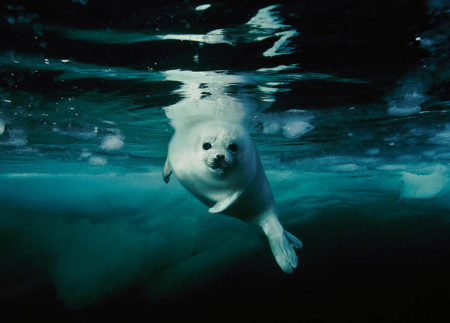The PCAD (Population Consequences of Acoustic Disturbance) model was developed by the US National Academies of Sciences National Resource Council in 2005 to evaluate how changes in behaviour caused by acoustic disturbance, may result in population effects by affecting the critical life functions of marine mammals. It was a conceptual model that had no predictive capabilities.
The JIP was the first to sponsor research that applied the PCAD model framework in real-world situations. A portfolio of research was supported to assess whether the original PCAD model could be directly applied to scale individual behavioral responses to population level impacts or whether the model needed revising or further development. This research transitioned the Population Consequences of Acoustic Disturbance (PCAD) model to the Population Consequences Of Disturbance (PCOD) and extended its applicability to different types of disturbance over both marine mammals and fish.
All Programme research related to the PCAD model were important steps toward giving the PCAD model some predictive capabilities. They provided valuable background information for a program sponsored by the U.S. Office of Naval Research that further developed the PCAD model. The ONR program used all the Programme results to create PCAD-like models for northern and southern elephant seals, the bottlenose dolphin and the northern right whale.
The ONR effort broadened our focus from noise exposure to any form of temporary disturbance. The resultant model is now referred to as Population Consequences of Disturbance, PCoD. Effectively, the original Programme projects on PCAD stimulated more detailed work which led to new models that are becoming usable tools in animal management.
Our research has been broken down in five parts which can be viewed below:
-
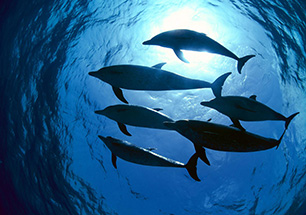
Part A: Biological Significance Workshop
-

Part B: Literature And Models Available
-
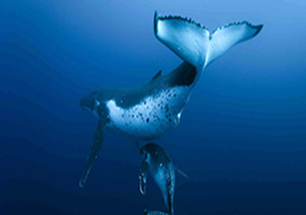
Part C: Transfer Functions For The PCAD Model
-
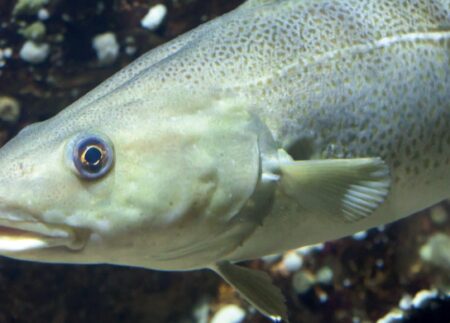
PART D: Fish: PCAD4Cod – Impact of Seismic Survey Sound Exposure on Fishes
A variety of bioenergetics models have been developed for capital breeders that seasonally forage and do not forage while nursing (minke, humpback, gray, sperm, beaked and blue whales and elephant seals) and an income breeder that forages while nursing (California sea lion).
-
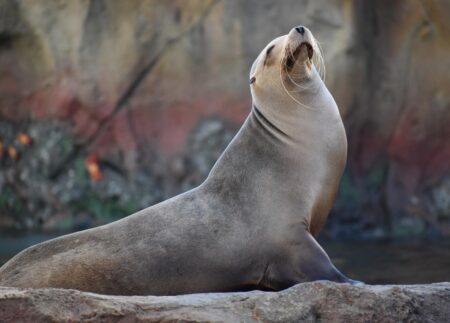
PART E: Implementation of the PCoD for Marine Mammals
The ultimate goal of this effort was to develop and implement a practical risk assessment framework to assess how behavioral reactions might translate into population-level effects.


